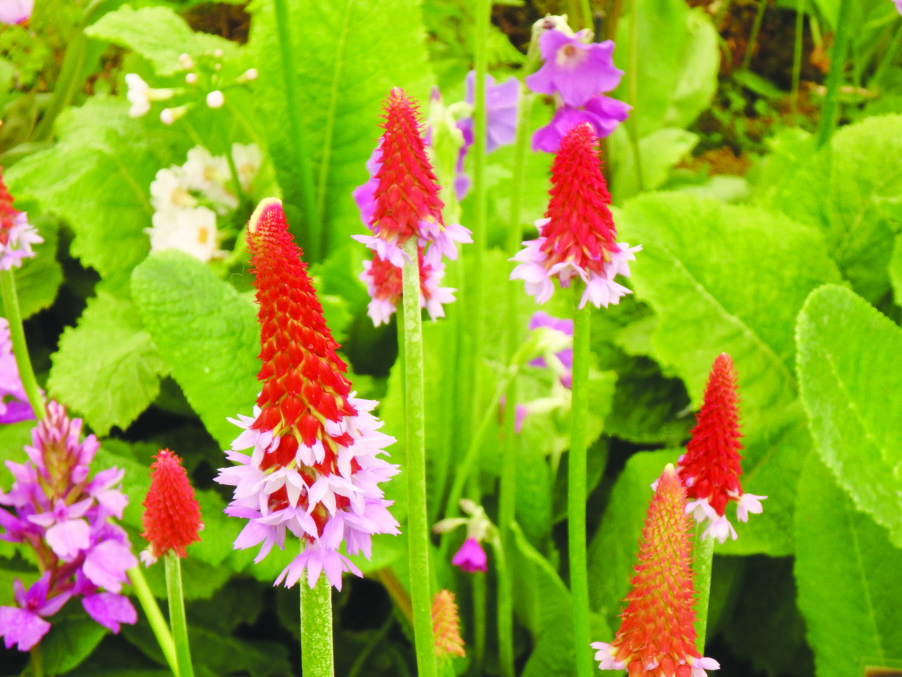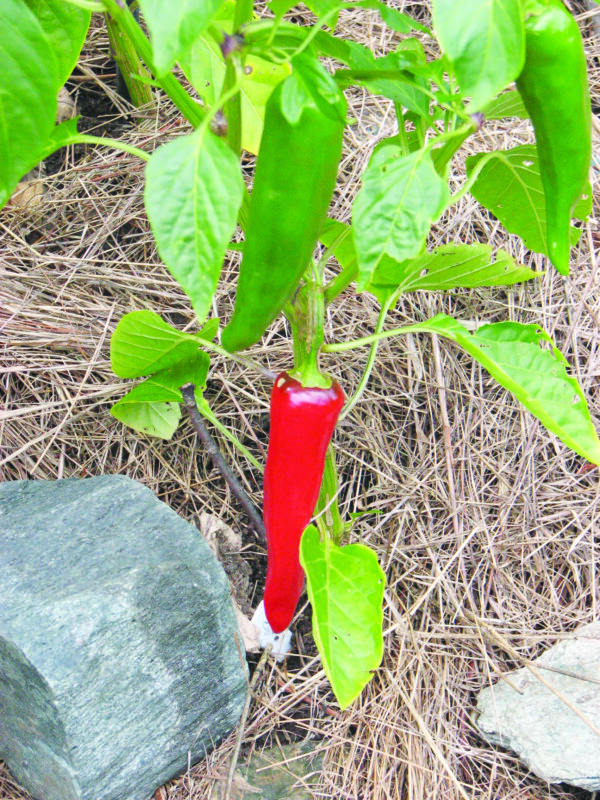Family fun for the weekend
Maker Fest
• More than 30 local makers will bring their tie-dyed fashions, worm bins, Star Wars costumes, trebuchets and more to the New Hampshire Makers Festival presented by the New Hampshire Children’s Museum (6 Washington St. in Dover; childrens-museum.org) on Saturday, June 3, from 10 a.m. to 3 p.m. The festival will take place inside and outside the museum; admission is a suggested donation of $5 (you can donate onsite or via the website in advance). The line up of makers, displays and activities at this family-friendly event include a Rube Goldberg machine expert, a children’s business fair, a kid-friendly exhibit to explore by the Woodman Museum, a STEM van by the Girl Scouts of the White Mountains, kid conservationist Jack Dalton, a former American Idol contestant and more, according to a press release.
Fun in the sun
• Give field research a shot with the Harris Center for Conservation Education (83 Kings Highway, Hancock) and its program Kids Count for Wildlife: Red-backed salamander survey on Friday, June 2, from 4 to 5:30 p.m. Kids ages 9 to 18 will get a chance to do some searching in the woods for the woodland species. Kids younger than 12 must be accompanied by a guardian. Registration is required and can be completed at harriscenter.org.
• Head to West Running Brook Middle School (1 W. Running Brook Lane, Derry) for touch a truck on Saturday, June 3, from 10 a.m. to 2 p.m. The Derry police department will have emergency response vehicles, heavy machinery and other equipment for kids to climb and explore. There will also be a BMX stunt show, free helmet giveaway, food, music and dancing. Visit derrynh.org/police-department for more information.
• Cuddle up to some farm animals at farm baby snuggles at Under-N-Acre Farm (24 Canaan Road, Strafford) on Saturday, June 3, and Sunday, June 4. Each day has two time slots, June 3 from 11 a.m. to 1 p.m. and 2 to 4 p.m. and June 4 from 10 a.m. to noon and 1 to 3 p.m. Sessions start at $7 and can be purchased at tinyurl.com/farmbabysnuggles.
Indoor activities
• Visit Pumpkin Blossom Farm (393 Pumpkin Hill Road, Warner) for a special after-school sensory class on Wednesday, June 7, from 3:30 to 5 p.m. Kids between the ages of 5 and 11 will make lavender-scented bubbles after learning a little bit about lavender and the five senses and after they explore the farm. Kids must be accompanied by an adult. The class costs $15 and spaces can be reserved at pumpkinblossomfarm.com.
• Let’s Make Music & Make Art (136 Lowell Road, Hudson) is having an open house on Wednesday, June 7, from 6:30 to 7:30 p.m. Kids and families can learn more about music and get started with how to play an instrument. Registration is required and can be done at letsplaymusic.com.
Museum madness
• The American Independence Museum (1 Governors Lane, Exeter) is offering active military and their families free admission until Sept. 4. Admission to the museum includes access to more than 3,000 artifacts and guided or self-guided tours throughout the building. For more information, visit independencemuseum.org.
• The Little Learners series is starting at the McAuliffe-Shepard Discovery Center (2 Institute Drive, Concord) on Friday, June 2, from 12:30 to 1 p.m. The month of June will be devoted to teaching kids ages 4 and younger about comets. The program runs the first and third Friday of the month, as well as the second and fourth Wednesday of the month. June will have an additional day on Friday, June 3. Participation is included with general admission. General admission costs $12 for adults, $9 for children ages 3 to 12, and free for children younger than 3 years old. Visit starhop.com.




